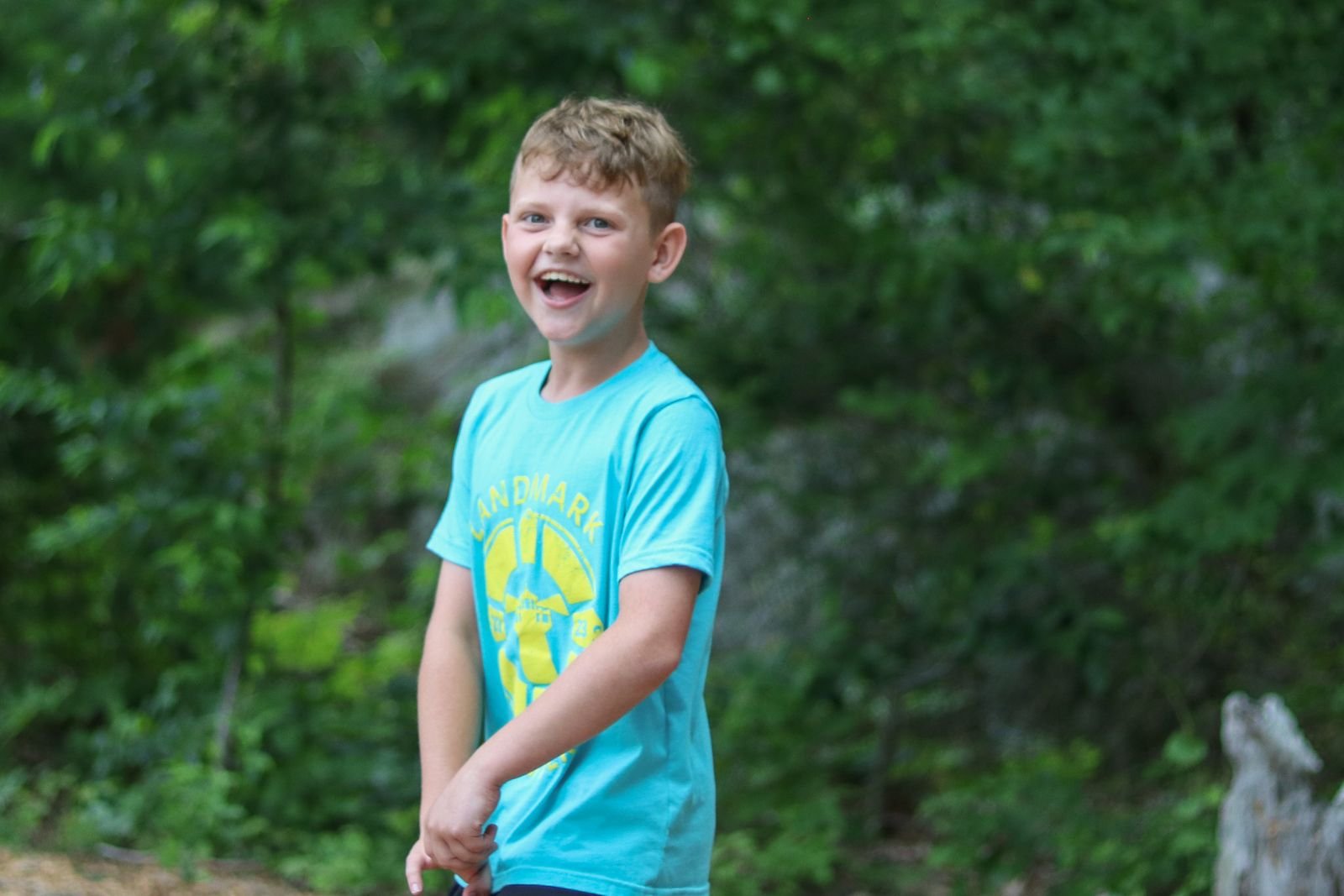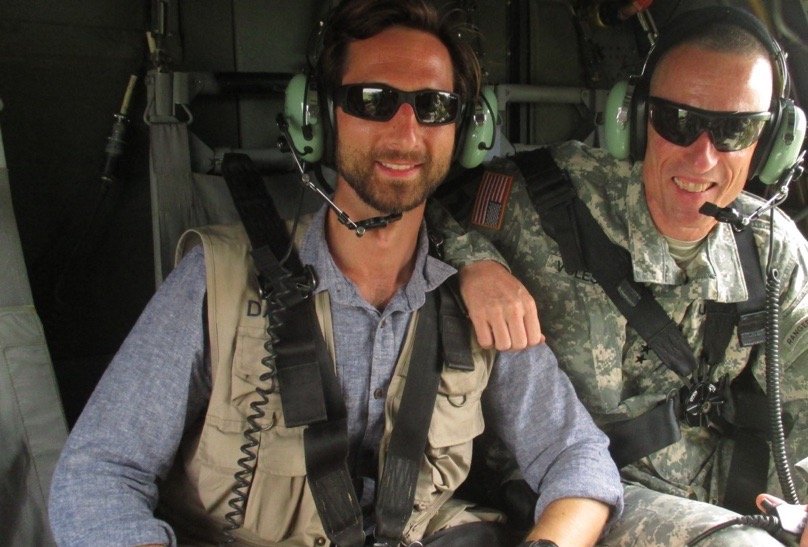- Our School
- Our Advantage
- Admission
- Elementary•Middle School
- High School
- Summer
- Giving
- Parent Resources
- For Educators
- Alumni
« Back
Thoughts on Mindfulness Meditation
March 19th, 2013
Submitted by Robert James Campbell, Ed.D., CPHIMS, CPEHR
I am always taken aback when a student or colleague asks if I can teach them how to meditate their stress away using mindfulness meditation practices. Immediately, I recall something my mentor once told me when I was involved in a relationship with a very difficult person. He told me: “Robert, when that person punches you, kicks you, spits on you, kisses you, calls you a dirty name, and runs you over with their car, and it does not bother you, then you are alright. Until then you are not.” Of course, Father Dave was speaking allegorically, and the import of his words is only heightened by a story told by Dzonger Jamyang Khyentse, a Tibetan Monk.
Khyentse asks us to consider the cinematographer who goes to the theater to watch a film. Because of his knowledge, the cinematographer can tell which part of the film has been generated by a computer, where a line has been dubbed, or where the leading actor has been replaced by a stunt man. Ultimately, this does not ruin the film for the cinematographer, who leaves the theater having enjoyed the picture. The allegory of both stories and what lies at the heart of mindfulness practice is the question: can we enjoy life no matter what is happening to us at that moment?
By learning to pay careful attention to our breath, we learn to pay attention to other things in our lives, like the impermanence of our feelings: one minute you have a stomach ache and the next you are jonesing for a Big Mac. Or that thought that everything is going to “hell” in a hand basket. It is just a thought! Besides, not even US Air has non-stops to “hell.” Mindfulness practice teaches you to take whatever is happening in your life and use it to learn more about yourself. The best time for me to practice mindfulness is early in the morning when I wake up. Generally, at that time, I have a million thoughts running through my head. To calm my mind, I will sit in a chair, take three deep breaths, and then begin my meditation by breathing in and then breathing out. That counts as one cycle. I then try to complete twenty one cycles. If my mind wanders, I just bring it back to the breath and start over. This simple practice will help calm your mind at the start of a new day. To discover more about mindful practice, check out Jon Kabat-Zinn’s book: Full Catastrophe Living.
Robert James Campbell, Ed.D., CPHIMS, CPEHR, is an assistant professor of Health Services and Information Management at East Carolina University.
Posted in the category Social and Emotional Issues.








.jpg?v=1652115432307)







